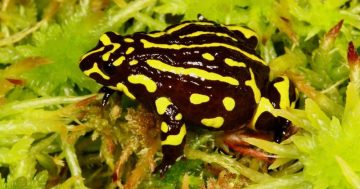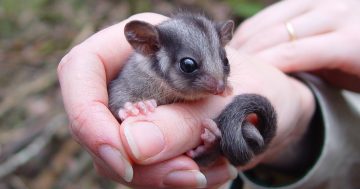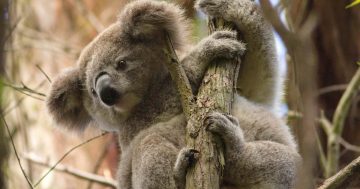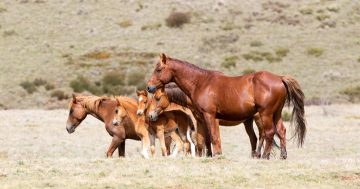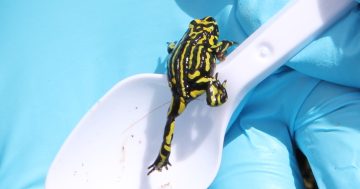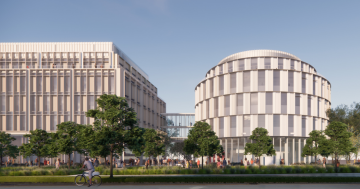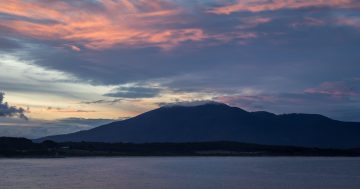 Platypus have returned to Royal National Park for the first time in 50 years, following a joint project between the NSW National Parks and Wildlife Service, Taronga Conservation Society Australia, UNSW Sydney and WWF-Australia.
Platypus have returned to Royal National Park for the first time in 50 years, following a joint project between the NSW National Parks and Wildlife Service, Taronga Conservation Society Australia, UNSW Sydney and WWF-Australia.
Celebrating the milestone, Minister for the Environment, Penny Sharpe said the project was the first ever translocation program for platypus in NSW and would re-establish a self-sustaining and genetically diverse platypus population.
“The iconic platypus is under immense pressure,” Ms Sharpe said
“The work that has gone into this project to get to the point of releasing these platypus is essential to assure the security of these species into the future,” she said.
“Royal National Park is Australia’s oldest national park and I am pleased this historic reintroduction will help re-establish a sanctuary for this iconic species.”
Ms Sharpe said five female platypus were released into the park this week and would be followed by four males in the coming week – once the females had successfully established their territory.
She said the platypus were collected from southern NSW to ensure genetic diversity and brought to Taronga Zoo’s purpose-built platypus refuge.
“They received veterinary health checks, were assessed for release, and fitted with transmitters,” the Minister said.
“Ongoing monitoring and tracking by UNSW and WWF-Australia will determine the success of the re-introduction to the park.”


